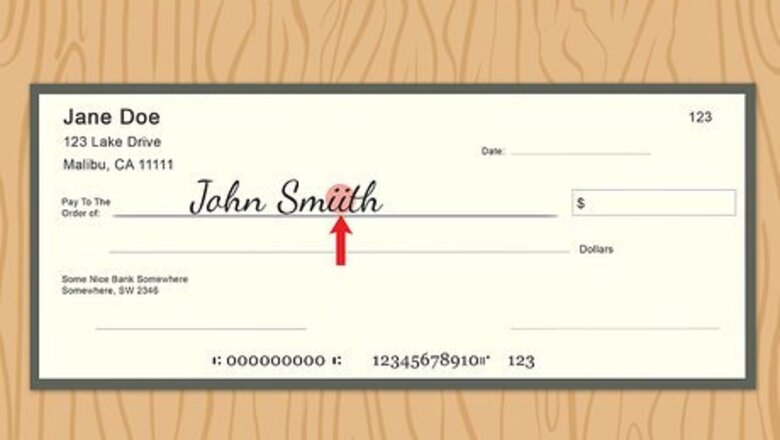
views
Correcting Fixable Mistakes
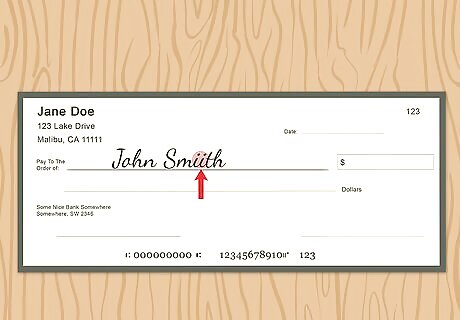
Check to see if you made a fixable mistake like a misspelled name or wrong date. These types of mistakes can sometimes be fixed so that the check is still usable. If you wrote the wrong amount of money on the written section, this can’t be corrected and won’t be accepted by the bank. Some banks will accept fixed mistakes on checks while others won't, so check with your bank if you’re unsure. If your numerical value in the box is correct but the spelled-out value is wrong, you’ll need to void the check and write another one. When in doubt, avoid the check and start a new one just to be safe.
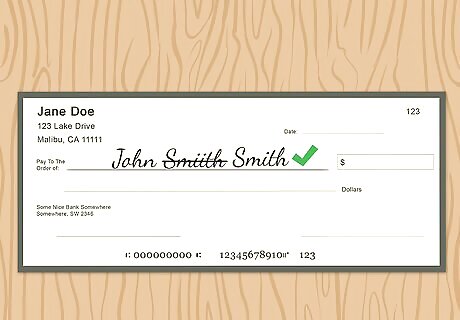
Cross out the mistake and write the correction on the check. Use a blue or black pen to neatly cross out your mistake, such as a misspelled name, wrong date, or wrong numerical check amount, with one simple line. Write the correction above the mistake neatly. Avoid scribbling out the mistake—just one solid line will do. If it's a misspelled name, write the misspelled name and the corrected name on the back of the check with your signature.
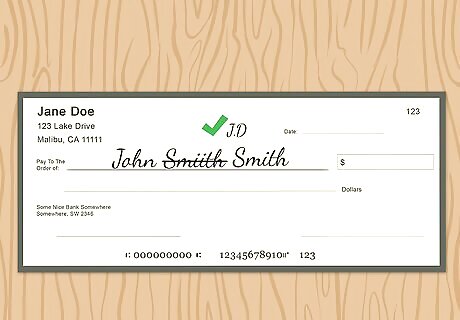
Write your initials next to the corrected mistake. Write them as close to the corrected mistake as possible so that the bank is more likely to accept your correction. Use all three of your initials (first, middle, and last) if possible to indicate that you have approved the change.
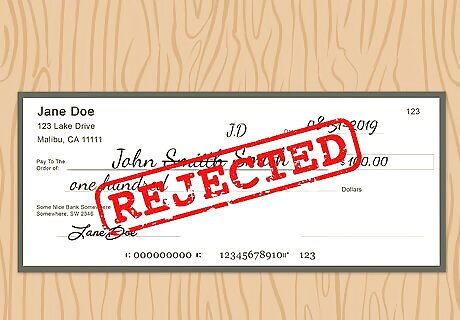
Be aware that your check may not be accepted even after you’ve fixed it. Even if you cross out your mistake and initial it, your bank may not validate it. These kinds of corrections often mean that someone has altered the check without the owner knowing, leading the bank to believe your check isn't authentic. If you’re worried that your bank won’t accept your check, call or visit them to ask them before trying to submit it. Sometimes banks will fine you for trying to submit checks that should be voided. Jean Chatzky Jean Chatzky, Award-Winning Financial Journalist When writing checks, we can all make silly mistakes like a misspelled name or wrong date. Thankfully, banks have procedures for fixing minor errors, so payments still go through. For example, initialing next to a corrected date shows you fixed the mistake intentionally. Just never alter the amount after signing, since that invalidates the check. Following proper protocol protects your money and builds trust.
Voiding a Check
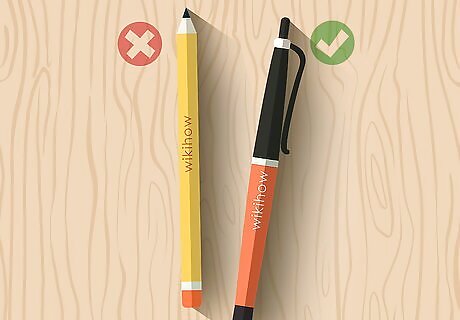
Use a writing utensil that can’t be erased. This includes black and blue pens or a permanent marker. Avoid using pencil, as someone could easily erase your writing and try to use the check.
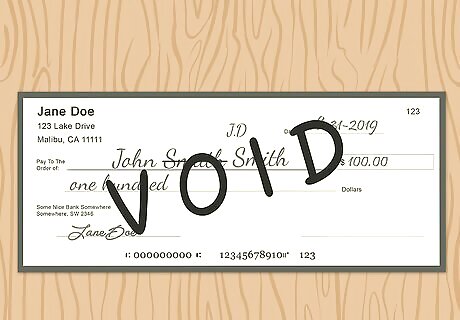
Write the word “void” in large, capital letters across the check. Try to make your writing take up the entire check, going from left to right. To take extra precautions, write the word “void” in places like the signature line or the payment amount box. Write “void” on the back of the check too, if desired.
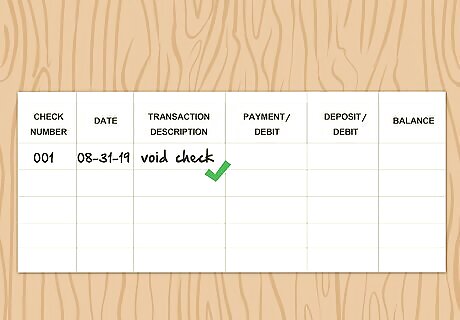
Record the voided check in your check register. Write the check number in your check register, and write a small note next to it about why you voided the check. This will help you account for the check later on. For example, you might write in your check register that it was check #104 and was voided because the wrong amount was written on the check.
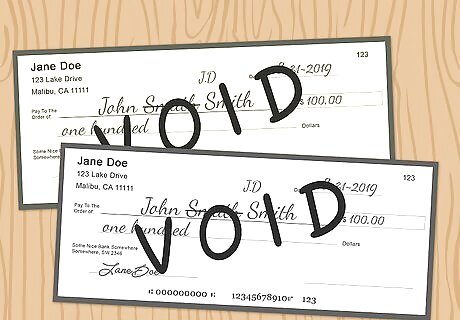
Make a copy of the check for your records if needed before destroying it. This could be just for your personal records, or if you’re going to use it to set up a direct deposit or debit account. Use a scanner to scan the check, or take a photo using your phone or a camera. If you don’t need the check any longer, rip it up and dispose of it in the trash.

Write a new check using the next check in your book. Take your time writing the check to be sure you don’t make any mistakes. Include all the correct information and record it in your check register before handing it over. Double-check to make sure the numerical amount in the payment amount box matches the amount you wrote out in words.


















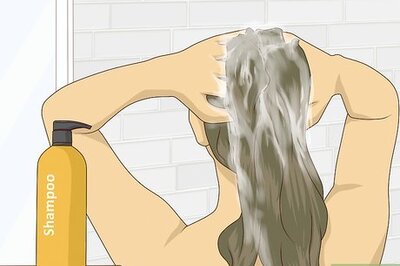

Comments
0 comment